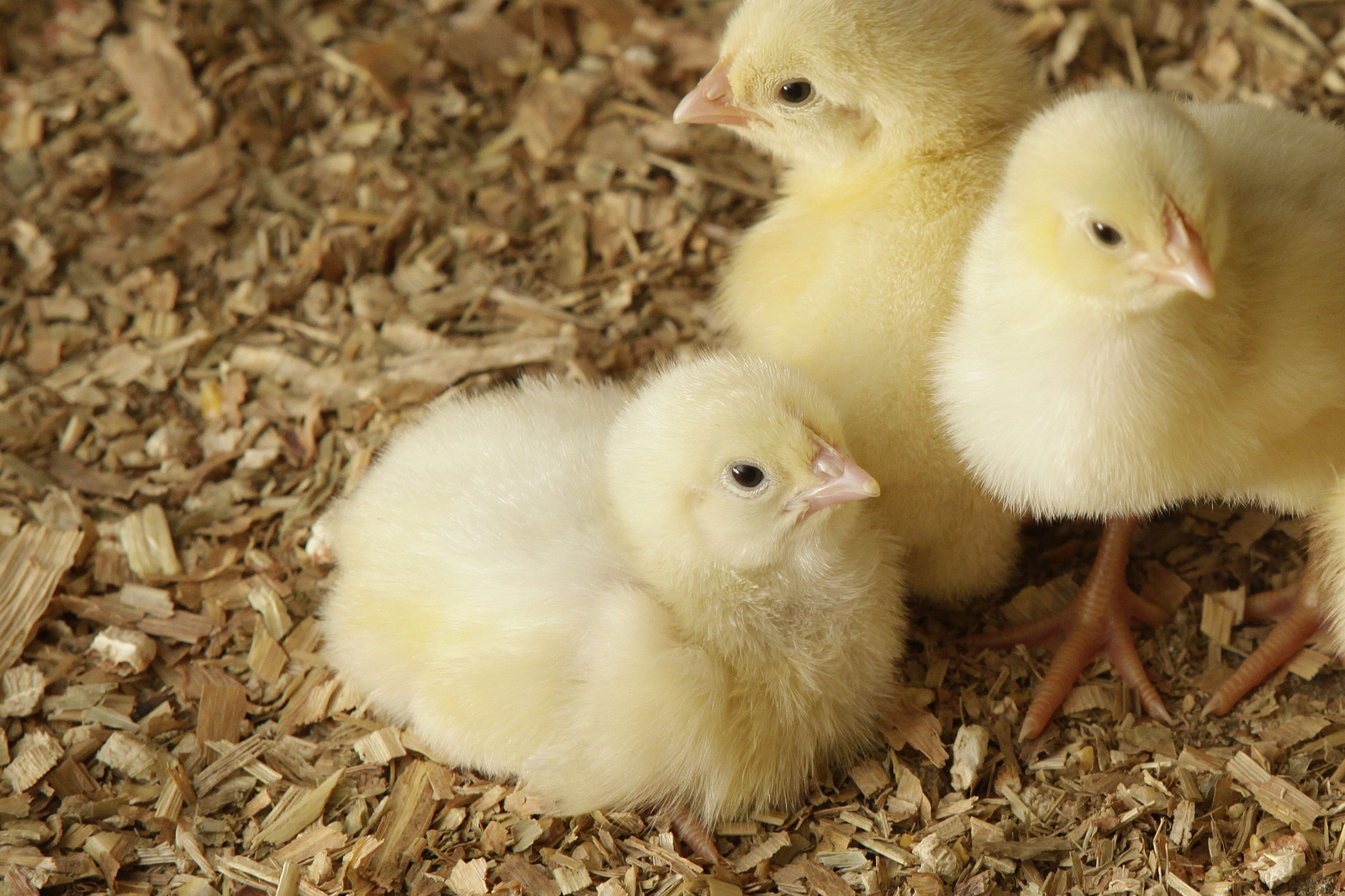Calcium and phytase interaction in broilers

Phytase is well studied and explored, however, little is known about its effects on the microbial ecology of the gastrointestinal tract of broilers. And as phytase releases also Calcium from the feed ingredients, what about the calcium requirements when phytase is supplemented?
Phytase is probably one of the most studied and explored exogenous enzymes used in non-ruminant nutrition. Its effect on performance, nutrient retention and availability of many nutrients including the macroelements and trace minerals has been documented in many studies in different animal species. The incorporation of the phytase into the matrix of poultry diets leads to significant changes in the utilisation of dietary limestone and phosphates. Through phosphorous (P) and Calcium (Ca) release from phytate complexes, phytase reduces the amount of inorganic phosphate and calcium required in feed formulation, which in most cases is provided in the form of mono- or dicalcium phosphates. However, because phytase releases more P than Ca (as a proportion of the requirement), its application results in additional limestone being added to maintain an approximate 2:1 Ca:P ratio in the diet.
Also interesting: Phytase and its effect on digestibility DDGS
Phytase supplement may improve the digestibility of P in DDGS. US researchers did a study to find out.
Diets with different P and Ca levels
To study the Calcium and Phytase interaction in more detail, a trial by Poznań University of Life Sciences in Poland assigned 400 1-day-old female Ross 308 chicks to 4 different diets. The aim of the study was to investigate effects of supplemental phytase on the performance of broiler chickens fed diets with different Ca and dP levels and on microbiota populations and their metabolites, in different parts of the gastrointestinal tract.
Effect on feed conversion ratio
Results showed that mortality was low (<3%) and unrelated to the dietary treatments. in all experimental periods and for all performance parameters, no interactions between ca and dp level and phytase supplementation were observed. there was no effect of ca and dp concentration on feed intake (fi) throughout the experiment. however, from day 15 to 21, the reduction in dp and ca levels decreased body weight gain (bwg) (p><0.001) and impaired feed conversion ratio (fcr) (p><0.001).>
In the first period of the trial (1–14 d) the inclusion of microbial phytase at 5000 FTU/kg increased body weight gain, feed intake and improved feed conversion ratio. In the 15–21 d period, phytase supplementation also resulted in an increase in BWG and a reduction in FCR, but had no impact on feed intake. Between day 22–42 only feed conversion ratio was influenced by phytase. Overall, from d 1–42, the addition of 5000 FTU of phytase per kg of the diet resulted in an increase in BWG and a reduction in FCR, but did not affect feed intake.
Also interesting: Xylanase improves gut health in poultry
Given the increasing pressure to limit the use of antibiotic growth promoters in animal production, the availability of alternative approaches to maintaining animal health and productivity becomes imperative for the poultry industry. Here we discuss some of the benefits of using feed enzymes, xylanase specifically, to promote gut health in poultry production.
Effect on bacteria and lactic acids in gut
The total number of bacteria (DAPI counts) was lowered by the reduction in Ca and P concentrations, but was increased by phytase supplementation. None of the dietary treatments affected Bacteroides counts. The Clostridium perfringens and Enterobacteriacae counts were reduced in ileal digesta collected from the birds receiving the Ca and dP deficient diets. The were no main effects of dietary Ca and dP levels and of phytase supplementation on the concentrations of acetic and lactic acids, as well as on the total SCFA in the crop. However, Ca and dP level*phytase interactions were noted for acetate and total SCFA.
Conclusion
The researchers suggests that P is a factor which limits fermentation in the ileum. It may be concluded that phytase plays a role in modulating the gut microbiota of chicken, however, this is clearly linked with the levels of P and Ca in a diet.
The full study, published in PLOSone.











